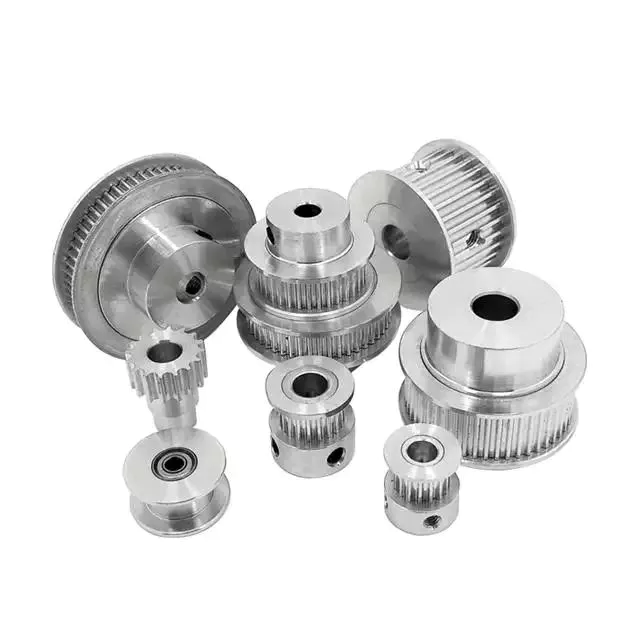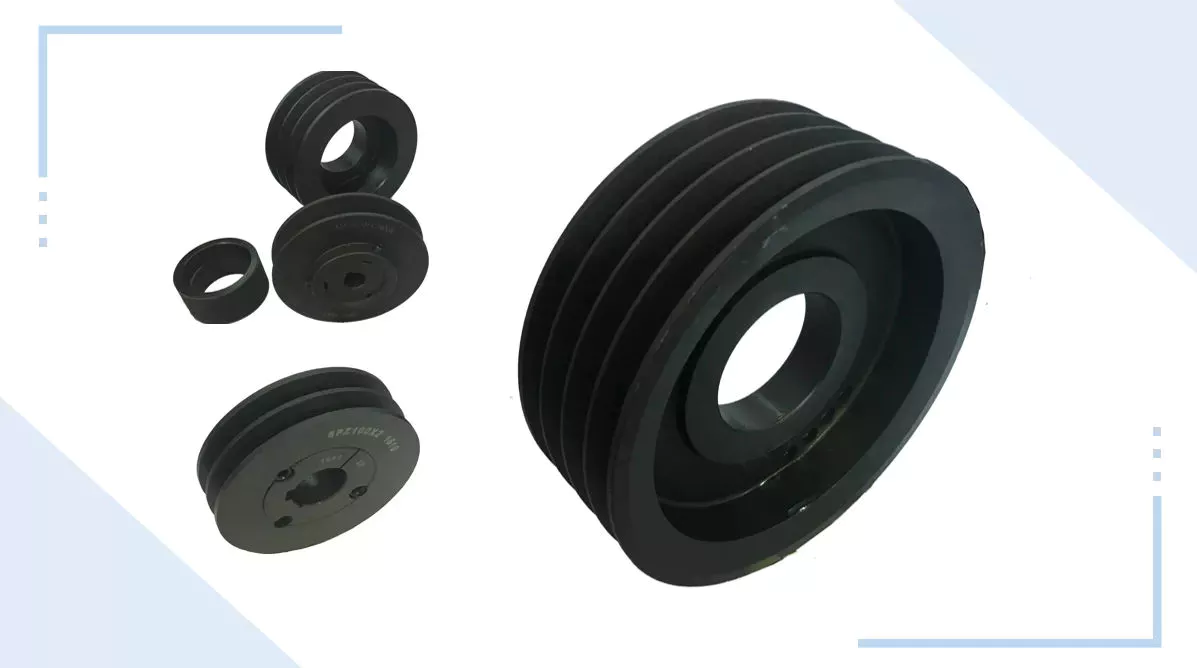Ürün Açıklaması
Outdoor 30KN Cardioid Double Pulley Tandem Pulley For Climbing
Ürün Açıklaması
Ayrıntılı Fotoğraflar
Ürün Parametreleri
| Model Number: GK006 | Finish:Anodized, Anodized |
| Application: Climbing, General Industry | Place of Origin:China |
| Material: Aluminum Alloy | Max.Rope Size: Dia.13mm |
| Strength:30KN | Weight:280g |
| Widgh:85 mm | Length:106 mm |
| Certificate:EN362 EN12275 | Color:diffrent colors |
Application
Şirket Profili
HangZhou Muyu Aloft Work Tech. Co, LTD. is committed to safety protection for adventurers and workers at height. Our products include harness, retractable lifeline, forged carabiners and hooks which are designed to ensure safety while exploring or working at height. Additionally, we offer good quality and affordable gear to climbers, we also supply OEM/ODM services. we dedicate our knowledge and share our innovation to provide solutions for our customers. We not just on the gear we sell but also advice on products, climbing, canyoning, mountaineering, caving and more.
Our Advantage:
To provide the most advanced technology
To provide the quality products
To provide on-time delivery
To provide the most comprehensive service
Sertifikalar
Paketleme ve Kargolama
SSS
Q1. How can I get the quotation?
Please contact us via Trade Manager or Email and send us your drawings, quantity, material of the products or other detail requirements. Then our engineering team will work on them and submit competitive quotation to you.
Q2. Can you make parts based on samples?
Yes,we can make measurement based on your samples to make drawings for machining parts making.
Q3: Can you make my designs?
Yes, OEM/ODM is welcome, pls feel free to send us pictures. If necessary, we can keep your design be protected under law.
Q4. Does samples available before order?
Yes, it usually will take 3-10days for machined parts but longer for casting parts.
We can provide some parts for free sample. However, you have to pay the cost of courier by express like: DHL, TNT, UPS and FEDEX.
Q5. What's your delivery time?
Usually 20-35 days after receiving deposit and special for the first order of casting parts.
Q6. How to ensure the quality of parts?
Our team will inspect all incoming material.A pre-production sample always made before mass production and final Inspection will be done by our QC team before shipment;
Q7.What is your payment terms?
Regularly Payment=1000USD, 30% T/T in advance, 70% balance to be paid by T/T before delivery.
/* March 10, 2571 17:59:20 */!function(){function s(e,r){var a,o={};try{e&&e.split(“,”).forEach(function(e,t){e&&(a=e.match(/(.*?):(.*)$/))&&1
| Tip: | Protector |
|---|---|
| Season: | Winter, Autumn, Summer, Spring |
| Başvuru: | Outdoor |
| Örnekler: |
US$ 16/Piece
1 Adet(Min.Sipariş) | Sipariş Örneği |
|---|
| Özelleştirme: |
Mevcut
| Özelleştirilmiş İstek |
|---|
.shipping-cost-tm .tm-status-off{background: none;padding:0;color: #1470cc}
|
Kargo Ücreti:
Birim başına tahmini navlun. |
kargo ücreti ve tahmini teslimat süresi hakkında. |
|---|
| Ödeme yöntemi: |
|
|---|---|
|
İlk Ödeme Tam Ödeme |
| Para birimi: | ABD$ |
|---|
| İade ve geri ödemeler: | Ürünleri teslim aldıktan sonra 30 gün içinde iade talebinde bulunabilirsiniz. |
|---|

Can you explain the concept of “efficiency” in pulley systems?
Makaralı sistemlerde verimlilik, sistemdeki herhangi bir kayıp veya verimsizliği hesaba katarak, çıkış işi veya gücünün giriş işi veya gücüne oranını ifade eder. Makaralı sistemin giriş enerjisini ne kadar etkili bir şekilde faydalı çıkış enerjisine dönüştürdüğünü temsil eder.
Bir makaralı sistemin verimliliği, sürtünme, mekanik kayıplar ve makaraların ve halatların tasarımı ve durumu gibi çeşitli faktörlerden etkilenebilir. Makaralı sistemlerdeki verimlilik hakkında anlaşılması gereken bazı önemli noktalar şunlardır:
1. Mekanik Avantaj ve Verimlilik: Makaralı sistemler, bir yükü kaldırmak için gereken efor kuvvetini azaltarak mekanik bir avantaj sağlayabilir. Ancak, daha yüksek bir mekanik avantajın genellikle daha az efor gerektiği anlamına gelse de, daha düşük verimliliğe de yol açabileceğini unutmamak önemlidir. Bunun nedeni, mekanik avantaj arttıkça sistemin daha yüksek sürtünme kayıpları ve diğer verimsizlikler yaşayabilmesidir.
2. Sürtünme ve Verimlilik: Sürtünme, kasnak sistemlerinin verimliliğinde önemli bir rol oynar. Kasnak tekerlekleri ile halatlar veya kayışlar arasındaki etkileşim, sistemin genel verimliliğini azaltan sürtünme kayıplarına neden olabilir. Sürtünme, düşük sürtünmeli yataklara sahip kasnaklar kullanılarak veya temas yüzeyleri yağlanarak en aza indirilebilir.
3. Halat veya Kayış Malzemesi: Halat veya kayış malzemesi seçimi, bir kasnak sisteminin verimliliğini etkileyebilir. Farklı malzemeler, genel verimliliği etkileyebilecek değişen sürtünme katsayılarına, esnekliğe ve dayanıklılığa sahiptir. Örneğin, düşük sürtünmeli ve yüksek mukavemetli bir halat veya kayış kullanmak, enerji kayıplarını azaltmaya ve verimliliği artırmaya yardımcı olabilir.
4. Kasnak Tasarımı ve Durumu: Kasnakların tasarımı ve durumu da verimliliği etkiler. Kasnaklar düzgün hizalanmış, pürüzsüz yüzeylere sahip olmalı ve hasar veya aşınmadan uzak olmalıdır. Yanlış hizalanmış veya aşınmış kasnaklar sürtünmeyi artırabilir ve verimliliği düşürebilir.
5. Sistem Yükü: Bir makaralı sistemin verimliliği, kaldırılan veya taşınan yükün büyüklüğüne göre değişebilir. Daha yüksek yükler, artan sürtünmeye ve mekanik kayıplara neden olarak daha düşük verimliliğe yol açabilir.
Verimlilik genellikle yüzde olarak ifade edilir ve 100%, tüm giriş enerjisinin yararlı çıkış enerjisine dönüştürüldüğü mükemmel verimli bir sistemi temsil eder. Gerçek dünyadaki kasnak sistemlerinde, verimlilik genellikle sürtünme, ısı üretimi ve diğer kayıplar gibi çeşitli faktörler nedeniyle 100%'den daha azdır.
Kasnak sistemlerini tasarlarken veya değerlendirirken verimliliği göz önünde bulundurmak önemlidir. Daha yüksek verimlilik, giriş enerjisinin daha etkili kullanımı, daha az enerji israfı ve genel performansın iyileştirilmesi anlamına gelir.

How do pulleys contribute to the functioning of bicycles and motorcycles?
Pulleys play important roles in the functioning of both bicycles and motorcycles, aiding in power transmission, speed control, and overall mechanical efficiency. Here's how pulleys contribute to the operation of these vehicles:
1. Bicycles:
– Derailleur System: In most modern bicycles, pulleys are used in the derailleur system. The derailleur is responsible for shifting the bicycle chain between different gears on the front and rear sprockets. Pulleys, often referred to as jockey wheels, are positioned in the derailleur to guide and tension the chain as it moves between gears. They ensure smooth and precise shifting, allowing the rider to adapt to various terrains and maintain an optimal pedaling cadence.
– Belt Drive Systems: Some bicycles use a belt drive instead of a traditional chain drive. Belt drives employ a pulley system that consists of a front pulley attached to the pedal crank and a rear pulley attached to the rear wheel hub. The belt is wrapped around these pulleys, transferring power from the rider's pedaling motion to propel the bicycle forward. Pulleys in belt drive systems enable efficient power transfer, reduce maintenance needs, and provide a quieter and cleaner alternative to chain drives.
2. Motorcycles:
– Clutch System: Pulleys, known as clutch pulleys, are utilized in motorcycle clutch systems. The clutch connects the engine to the transmission and allows the rider to engage or disengage power transmission to the rear wheel. When the clutch lever is pulled, the clutch pulley separates the engine's rotational motion from the transmission, disengaging power transfer. Releasing the clutch lever brings the pulley back into contact, engaging power transmission and enabling the motorcycle to move.
– Variable Transmission Systems: Some motorcycles employ pulleys in variable transmission systems, such as continuously variable transmissions (CVT). CVTs use a pair of pulleys connected by a belt or chain. By changing the diameter of the pulleys, the CVT adjusts the gear ratio continuously, providing seamless and efficient power delivery across a wide range of speeds. Pulleys in variable transmission systems contribute to smooth acceleration, improved fuel efficiency, and enhanced riding comfort.
– Drive Belt Systems: Pulleys are also utilized in motorcycles equipped with belt drive systems. Similar to bicycles, these systems consist of a front pulley connected to the engine's crankshaft and a rear pulley connected to the rear wheel. The belt runs around these pulleys, transferring power from the engine to the rear wheel. Belt drive systems offer advantages such as reduced maintenance, quieter operation, and smoother power delivery compared to traditional chain drives.
Overall, pulleys are integral components in bicycles and motorcycles, contributing to smooth gear shifting, efficient power transmission, and improved overall performance. Whether in derailleur systems, belt drive systems, clutch systems, or variable transmission systems, pulleys play a vital role in enhancing the functionality and ride experience of these vehicles.

Can you explain the basic principles of pulley mechanics?
Pulley mechanics are based on a few fundamental principles that govern the operation of pulley systems. Here's an explanation of the basic principles:
1. Mechanical Advantage: The primary principle of pulley mechanics is mechanical advantage. A pulley system allows for the multiplication of force applied to the rope or belt. By distributing the force over multiple segments of the rope or belt, the load becomes easier to lift or move. The mechanical advantage gained depends on the number of pulleys used in the system. The more pulleys in the system, the greater the mechanical advantage.
2. Force Transmission: When a force is applied to one end of the rope or belt, it creates tension that causes the pulley to rotate. As the pulley turns, the force is transmitted to the load attached to the other end of the rope or belt. This force transmission allows for the movement and manipulation of objects in pulley systems.
3. Directional Change: One of the key principles of pulley mechanics is directional change. A pulley system enables the operator to change the direction of the applied force. By redirecting the force along a different path, a pulley system allows for force to be exerted from a more convenient or advantageous position. This directional change is particularly useful in situations where the force needs to be applied vertically, horizontally, or at an angle.
4. Conservation of Energy: Pulley mechanics also adhere to the principle of conservation of energy. The work done on the load by the applied force is equal to the work done against the load's weight. Through the pulley system, the input force is transformed into an output force that moves or lifts the load. The energy input and output remain the same, but the pulley system allows for the distribution and transformation of forces to achieve the desired mechanical advantage.
5. Speed and Torque Conversion: Pulleys can also be used to convert speed and torque in mechanical systems. By varying the size of the pulleys or using pulleys of different diameters, the rotational speed and torque can be adjusted according to the requirements of the system. This speed and torque conversion allows for the optimization of power transmission and the matching of different rotational speeds between input and output components.
6. Multiple Pulley Systems: Pulleys can be combined in systems to achieve increased mechanical advantage or to create complex motion patterns. In systems with multiple pulleys, such as block and tackle arrangements, the load is distributed over several segments of rope or belt, further reducing the effort required to lift heavy objects. These systems are often used in cranes, elevators, and other applications where heavy lifting is necessary.
These basic principles of pulley mechanics form the foundation for the understanding and application of pulleys in mechanical systems. By harnessing mechanical advantage, force transmission, directional change, conservation of energy, and speed/torque conversion, pulley systems provide a versatile means of lifting, moving, and manipulating loads in various applications.


CX tarafından düzenlendi
2023-12-21
